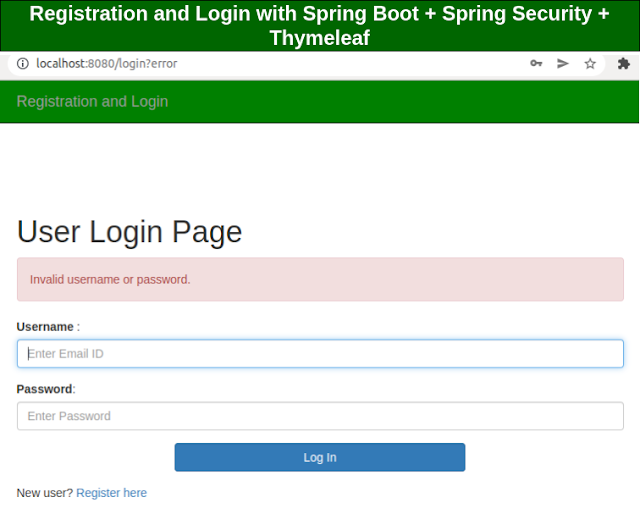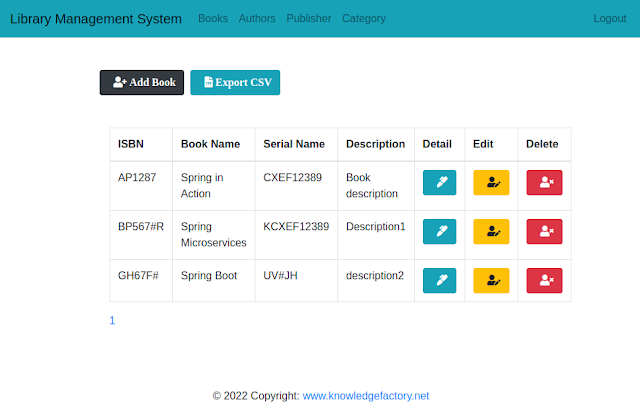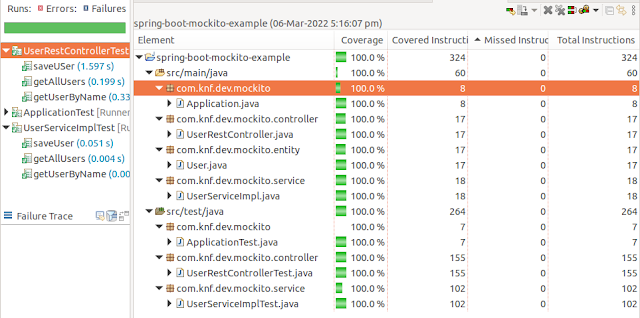Go Language Program to Display Fibonacci Series
In the Fibonacci series, the next number is the sum of the previous two numbers for example 0, 1, 1, 2, 3, 5, 8, 13, 21, 34, 55, 89 etc.
Example 1. Go Program to Display Fibonacci Series,
//Go Program to Display Fibonacci Seriespackage main
import "fmt"
// Main functionfunc main() {
number := 12 PrintFibonacci(number)}func PrintFibonacci(number int) { fmt.Println("Fibonacci Series till ", number, " terms:\n") firstTerm := 0 secondTerm := 1
for i := 1; i <= number; i++ {
fmt.Print(firstTerm, ", ")
// compute the next term nextTerm := firstTerm + secondTerm firstTerm = secondTerm secondTerm = nextTerm } fmt.Println("\n ")}
Output:
Example 2. Input number from standard input,
//Go Program to Display Fibonacci Seriespackage main
import "fmt"
// Main functionfunc main() {
var number int fmt.Println("Enter an integer value : ")
_, err := fmt.Scanf("%d", &number)
if err != nil { fmt.Println(err) } PrintFibonacci(number)}func PrintFibonacci(number int) { fmt.Println("Fibonacci Series till ", number, " terms:\n") firstTerm := 0 secondTerm := 1
for i := 1; i <= number; i++ {
fmt.Print(firstTerm, ", ")
// compute the next term nextTerm := firstTerm + secondTerm firstTerm = secondTerm secondTerm = nextTerm } fmt.Println("\n ")}
Output:
Example 3. Go Program to Display Fibonacci Series Using Recursion,
//Go Program to Display Fibonacci Seriespackage main
import "fmt"
// Main functionfunc main() { number := 10 fmt.Println("Fibonacci Series till ", number, " terms:\n") for i := 0; i < number; i++ {
fmt.Printf("%d ", PrintFibonacci(i)) }}
func PrintFibonacci(n int) int { if n == 0 { return 0 } if n == 1 { return 1 } return PrintFibonacci(n-1) + PrintFibonacci(n-2)}










